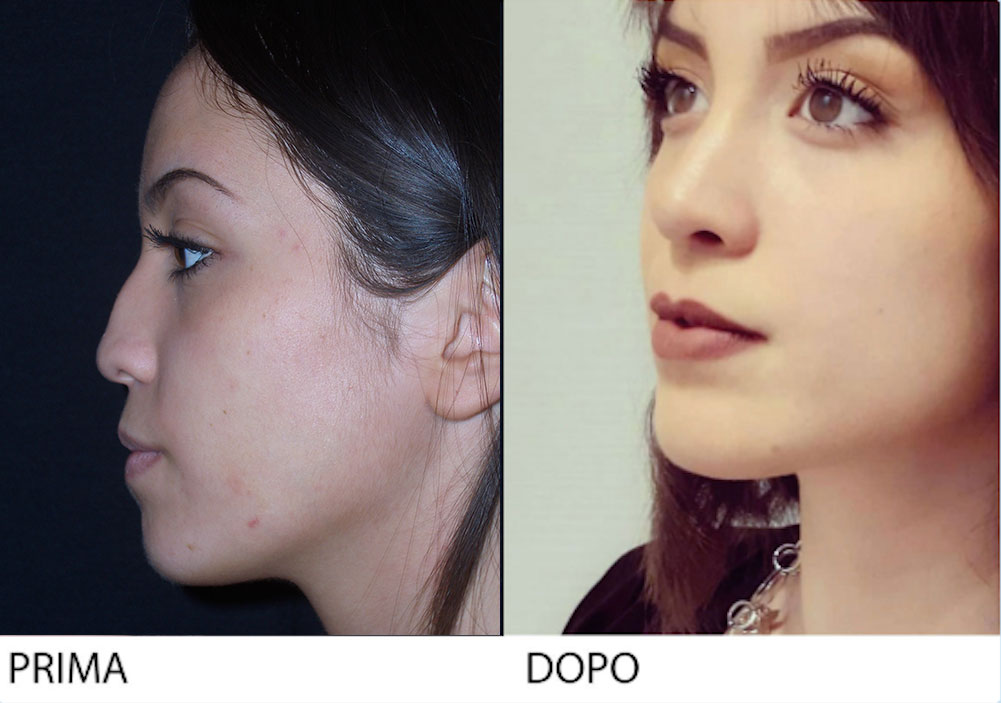RINOPLASTICA SECONDARIA
Un mix di esperienza, architettura e arte
La rinoplastica secondaria è uno degli interventi tecnicamente più difficili in chirurgia nasale. Infatti, rispetto ad una rinoplastica primaria, vi sono alcune problematiche che accrescono la difficoltà di trattamento e gestione del paziente: le strutture ossee e cartilaginee sono indebolite e distorte, i tessuti molli di rivestimento sono cicatriziali e aderenti, il paziente spesso presenta problemi psicologici; è scettico e ha meno fiducia nei confronti del medico. La rinoplastica secondaria è una combinazione di esperienza, architettura e arte e richiede un accurato planning preoperatorio per restaurare un equilibrio tra aspetto funzionale ed estetico: ciò presuppone un’ampia conoscenza teorica su quanto codificato in letteratura e una eccellente manualità chirurgica.

